Understanding the NMEA 0183 Interface in Maritime Systems
NMEA 0183 has been a cornerstone in maritime communication for decades, enabling critical data exchange between navigation, communication, and safety systems


NMEA 0183 has been a cornerstone in maritime communication for decades, enabling critical data exchange between navigation, communication, and safety systems

For vessels operating in challenging environments such as oil and gas platforms or FPSOs, the gyro compass ensures the crew can maintain accurate navigation and control in all conditions.
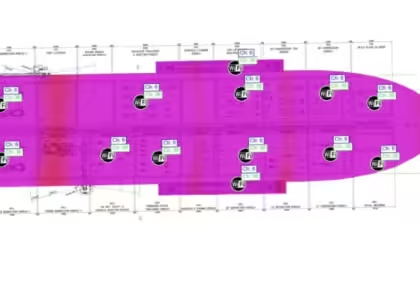
At Vivo Asia, we specialize in conducting comprehensive WiFi coverage studies for maritime environments, ensuring your vessel’s communication needs are met in even the most challenging conditions.
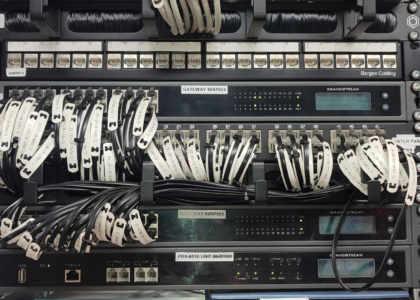
A Private Automatic Branch Exchange (PABX) system, with the capability to integrate both digital and analog telephone lines, plays a crucial role in ensuring seamless communication within these high-risk and high-stakes environments.
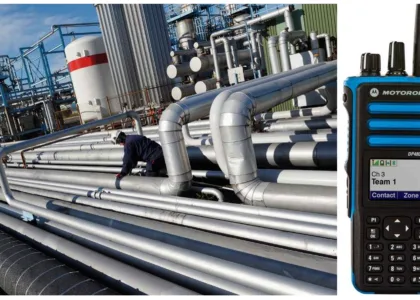
Explore the key benefits of switching from analog to digital UHF radio systems and the important considerations for industries making the transition.
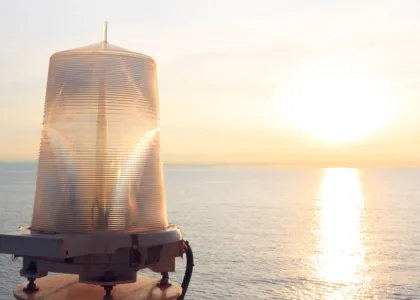
Explore the role of navigation aids, with a focus on external-powered marine lanterns, their installation on FPSOs, and compliance considerations that are essential for ensuring operational safety.
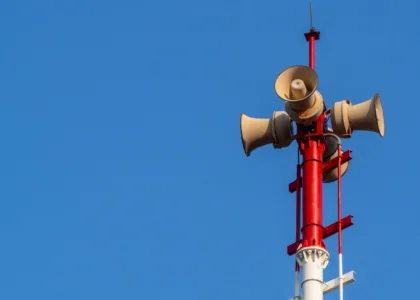
Explore the key aspects of designing, installing, and commissioning emergency voice communication systems in an oil field, focusing on the technical and regulatory considerations that must be addressed.
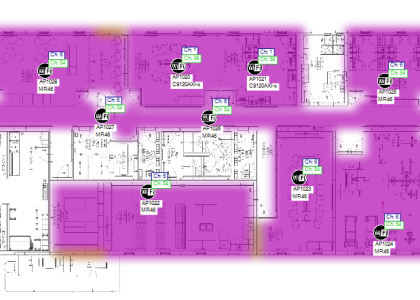
The performance of a Wi-Fi network in these harsh, metallic, and hazardous environments hinges on an accurate understanding of the AP radiation footprint.
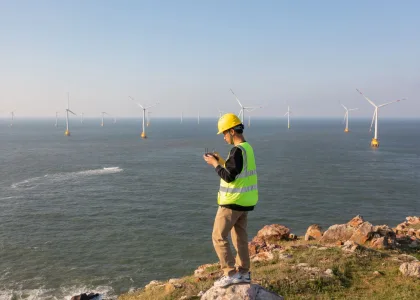
Remote support services address these challenges by providing expert assistance without the need for on-site engineers, minimizing downtime and associated costs.
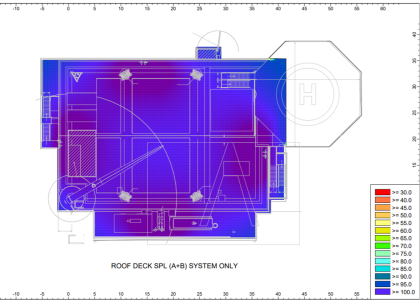
A thorough understanding of noise, SPL, and SNR metrics is essential for conducting an effective sound coverage study in industrial areas.